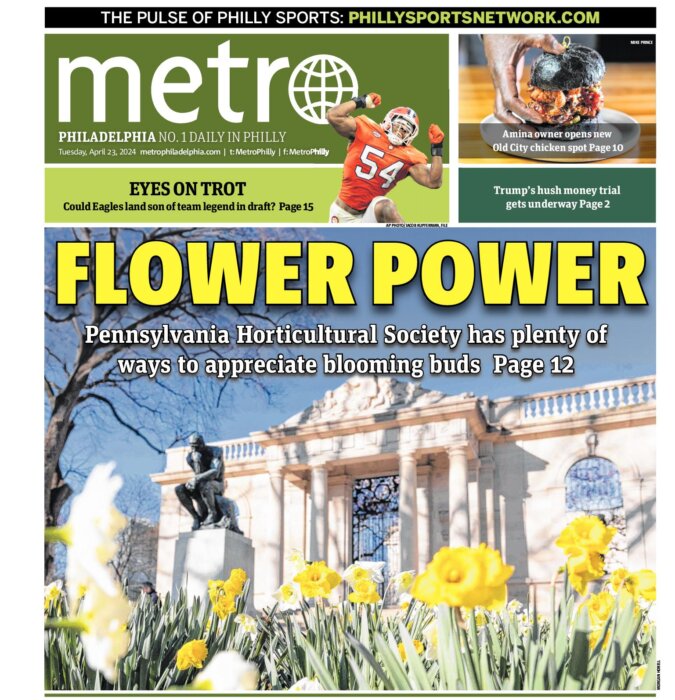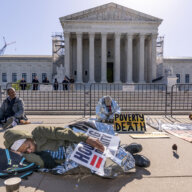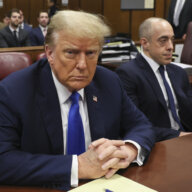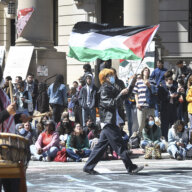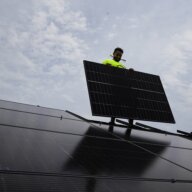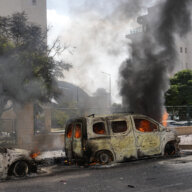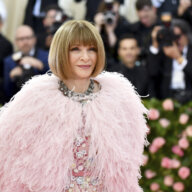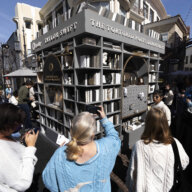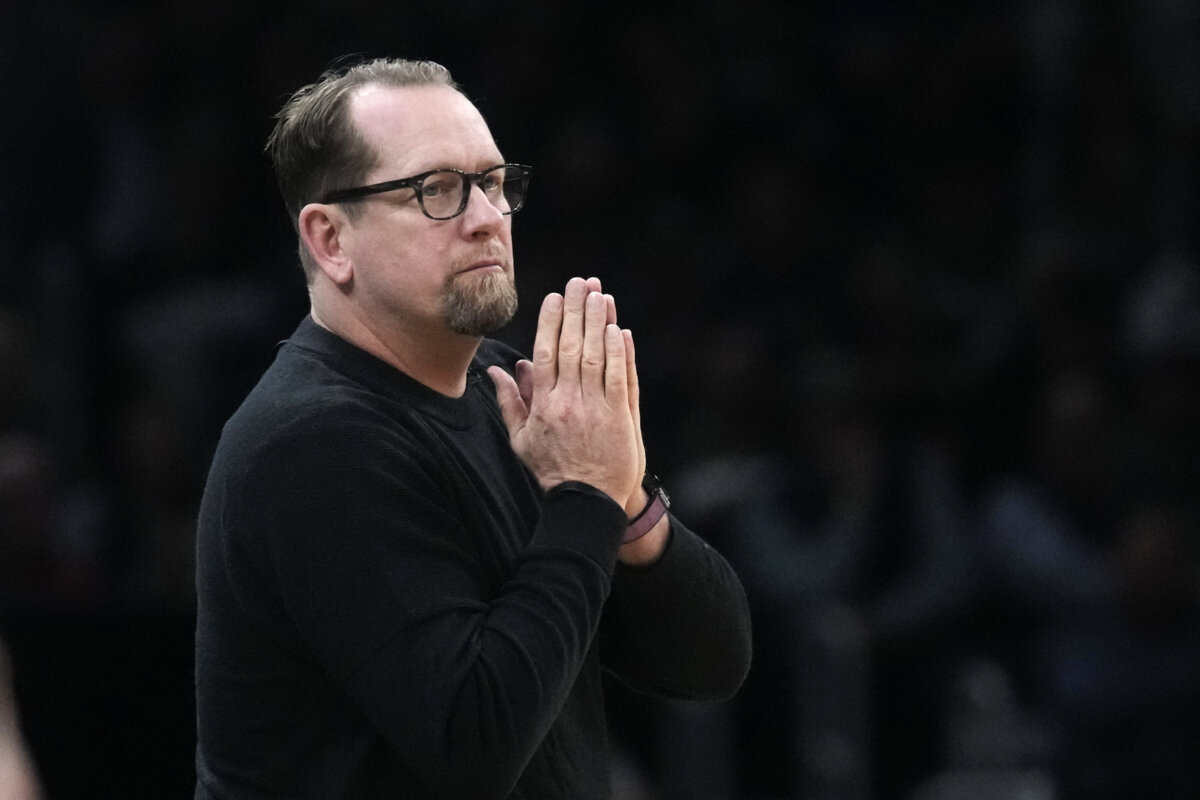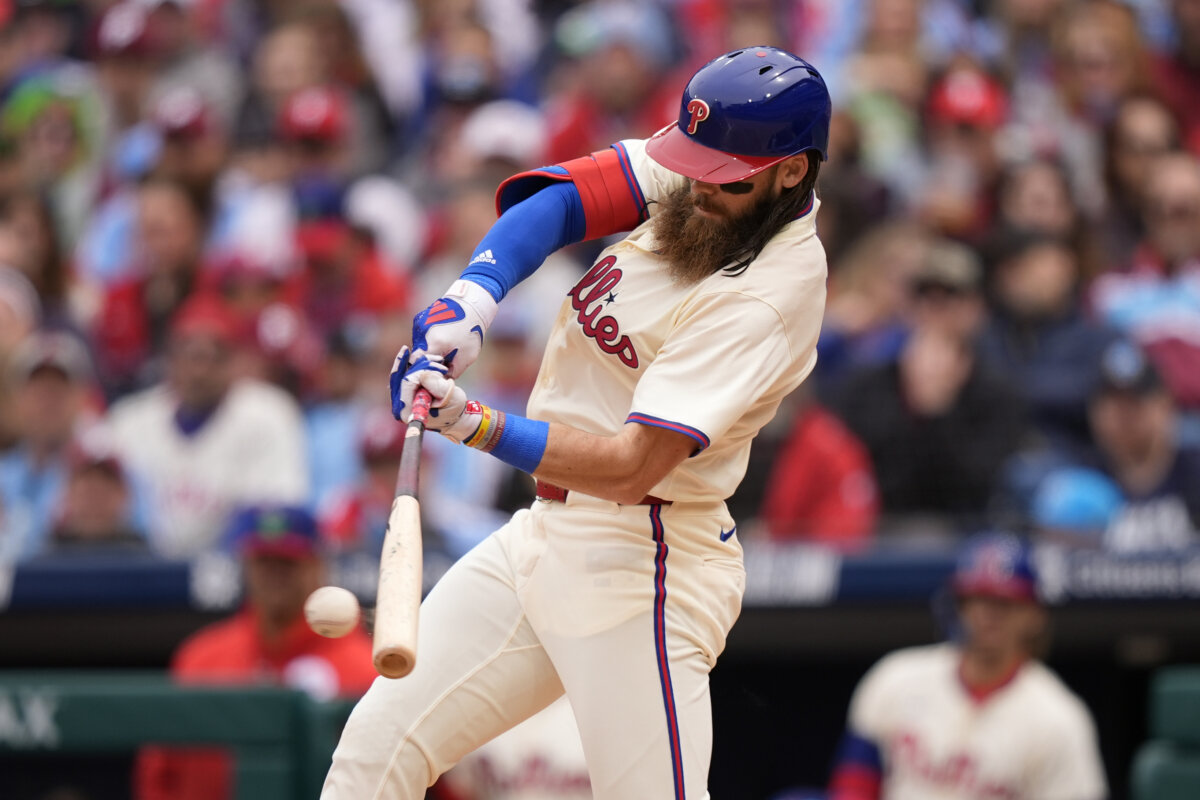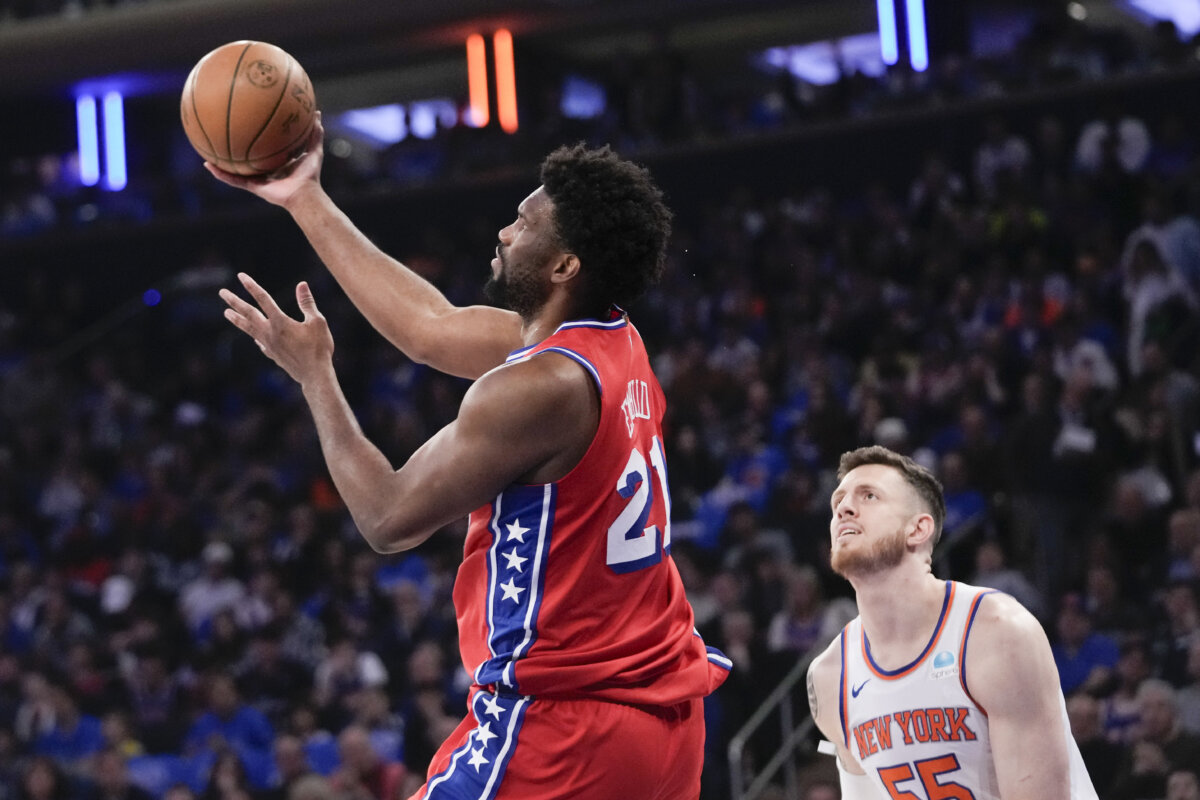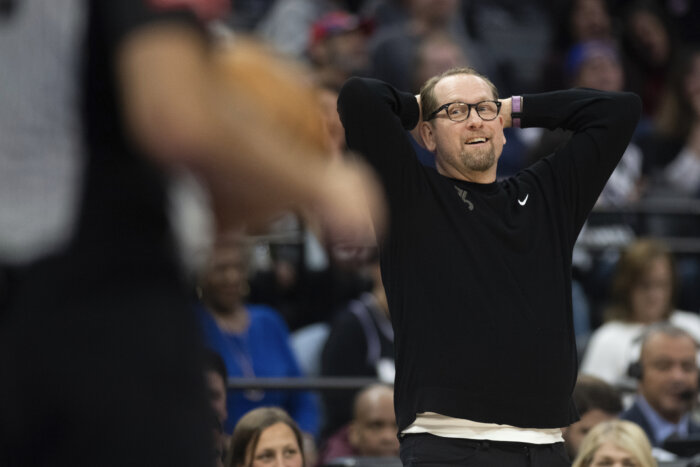Philly has long been more well-known for its stomach-busting cheesesteaks than for its record-busting runners. But the Philadelphia Marathon may finally be resuming its spot among the nation’s best. “We don’t try to compete,” City Representative and Philadelphia Marathon Executive Director Melanie Johnson said yesterday. “Marathoners are very community-oriented. We’ve just taken our place within that community.”
Yesterday’s 19th annual Philadelphia Marathon saw the city’s largest field of competitors to date. All 14,500 slots were filled by Oct. 1, which also set a record for the fastest Marathon sellout in its history.
And that was before Mayor Michael Nutter added 3,000 more spots for “refugee runners,” New Yorkers whose race was cancelled due to Hurricane Sandy. About 1,500 of those spots were filled, Johnson said, leading to a total of about 16,000 marathon runners and 13,000 half-marathon competitors, in addition to the 60,000 or more spectators who cheered them on.
Johnson said the additional out-of-towners only added to the race’s camaraderie. “In talking to some of the runners afterwards – New Yorkers, as well as runners who had been signed up before – there was just a great feeling,” Johnson said. “There was a feeling of togetherness. People were pumping their fists and just happy. You get that in a lot of marathons anyway because people are striving to achieve their goals, but I think there was something really special about this race and we were happy to be able to extend a hand to our friends in New York.”
Johnson said that research has estimated the Marathon’s economic impact on the city to be more than $20 million. Center City hotels were so full that officials resorted to lodging some runners near the airport and in the far Northeast. One big boon is the course’s incomparable scenery. “We have the most historic square mile in the country,” Johnson said. “Runners go by the Liberty Bell, the president’s house, Independence Hall – this is birthplace of our nation, so people get to see that.” She noted that the Parkway’s “museum mile,” the Schuylkill River waterfront and the Philadelphia Zoo – the nation’s oldest – are also on full display. “So many marathoners, when they come, it’s their first trip to Philadelphia,” Johnson said. “They always say they’ll come back for vacation – and they do.”
So is Philly’s marathon finally on the level of, say, that of Boston or New York? “We don’t try to compete with other cities,” Johnson said. “It’s just like racers say: you run your race at your pace. Well, Philadelphia runs a race at our pace. New York is New York. Boston is the oldest marathon in the country. Every race has their own unique aspect, depending on how you market and organize it, but today, Philadelphia has shown we’re right up there with everyone else.”
Why we run half marathons
It’s safe to say it will be close to a week before I’ll be able to walk without a limp and wipe the grimace off my face.
No complaints on this end, though. I completed my second Philadelphia Half Marathon yesterday and couldn’t emotionally feel better than I do now.
People have asked me why I put myself through this, the trials and tribulations of training to get through 13.1 miles. The fact is, I’m not a huge fan of running – it can be boring and tiresome. Running a few miles here and there is not so bad, but once you have to start practicing longer runs leading up to the race, I’d much rather be doing something else.
It’s about pushing yourself, pushing your body to the limits. Did I think a little over a year ago I could accomplish such a feat, preparing myself for my first half marathon? No. Heck, it was hard enough getting through my first 5K (3.1 miles) back in May 2011.
Now with two half marathons under my belt, I have quietly thought to myself since yesterday, what about aiming for the whole marathon next year? I have pushed myself this far, let’s see what a little more effort can take me. It is quite tempting.
– Julie Shannon
